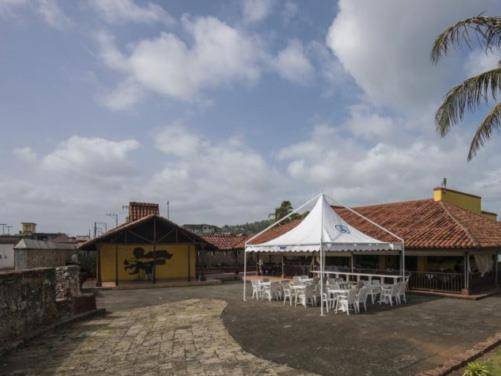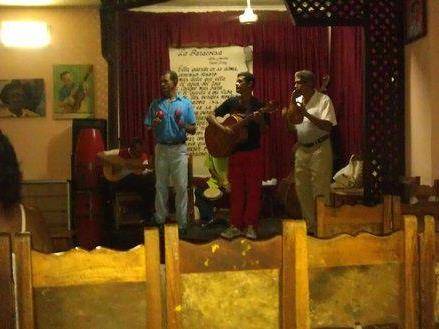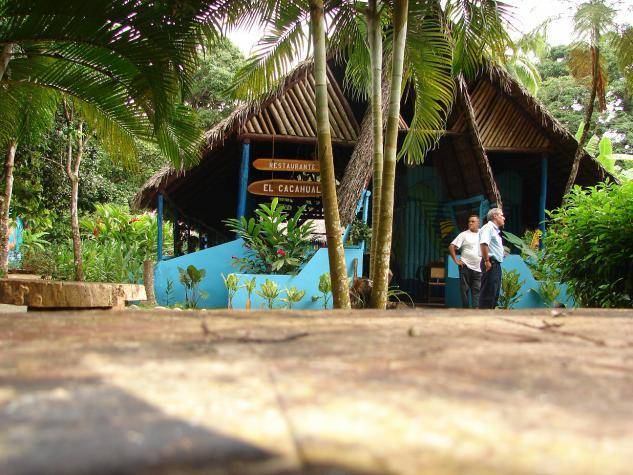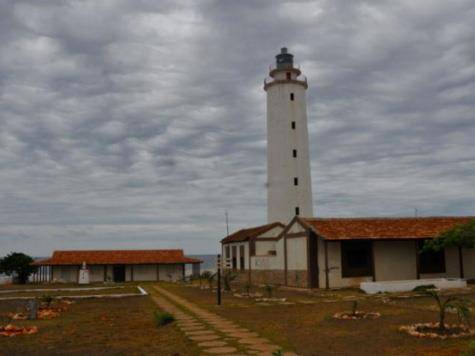
Fuerte de la Punta
Baracoa's third fortress, Fuerte de la Punta, was built in 1803 on a spit of land over the entrance to the bay. During the pseudorepublic it housed a radio telegraph office. The fortress now contains the Restaurante La Punta.
New account? Signup
Located in an extreme of the Baracoa bay at 30 km from the town. Possesses 4 two floor blocks and 24 cabins, each room has a 2 person capacity.
Rooms: 83
Restaurants and bars: 1 Restaurant and 1 Snack-bar.

Baracoa's third fortress, Fuerte de la Punta, was built in 1803 on a spit of land over the entrance to the bay. During the pseudorepublic it housed a radio telegraph office. The fortress now contains the Restaurante La Punta.

This is the best spot to hear live music. You can listen to traditional Cuban music and also to typical music from the area of Baracoa attending to live performances from local and national groups. It's open nightly until about 2 am. Listen for el nengen or el kiribá, two styles of music that predate the Cuban son.

An ideal place in the countryside to experience nature, the rural lifestyle and the fascinating world of cocoa, an opportunity to learn in depth about Baracoa's deeply rooted cocoa. A tour takes you past mango and coconut trees as well as coffee and cocoa crops. There are educational trails where the plants of cocoa are displayed and the entire traditional growing, harvesting and processing methods used by local farmers are shown. You'll also visit a typical bohío, or peasant's hut, where staff members actually live. A rustic restaurant serves typical dishes from the Baracoan cuisine and chocolate based preparations.

The place is characterized by a lighthouse, known as La Concha, which dates from 1861 and from where, going up to its 144 steps, you can admire some impressive views. Its construction was authorized by the Queen of Spain and began the construction of the lighthouse at Punta de Maisi in 1857, under the leadership of the Commander Engineer, Don Mariano Moreno. In the area you can enjoy the magnificent Maisí Terraces. Of the 24 emerged ones, some reach the height of 460 meters above the sea level; while in the underground levels can reach a depth of 180 meters. On cloudless days you will have the chance of sighting Haiti, located 70 kilometer far from Punta de Maisí Top. You can also relax in the best white sand beach that you will find below the lighthouse.
Skedio, S.L. CIF: B62163670. # Travel Agency Licence: GC-3667 © 2025 Skedio Travel Group, All rights reserved